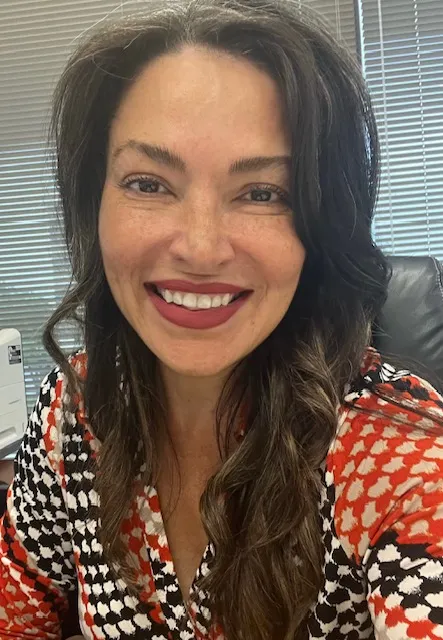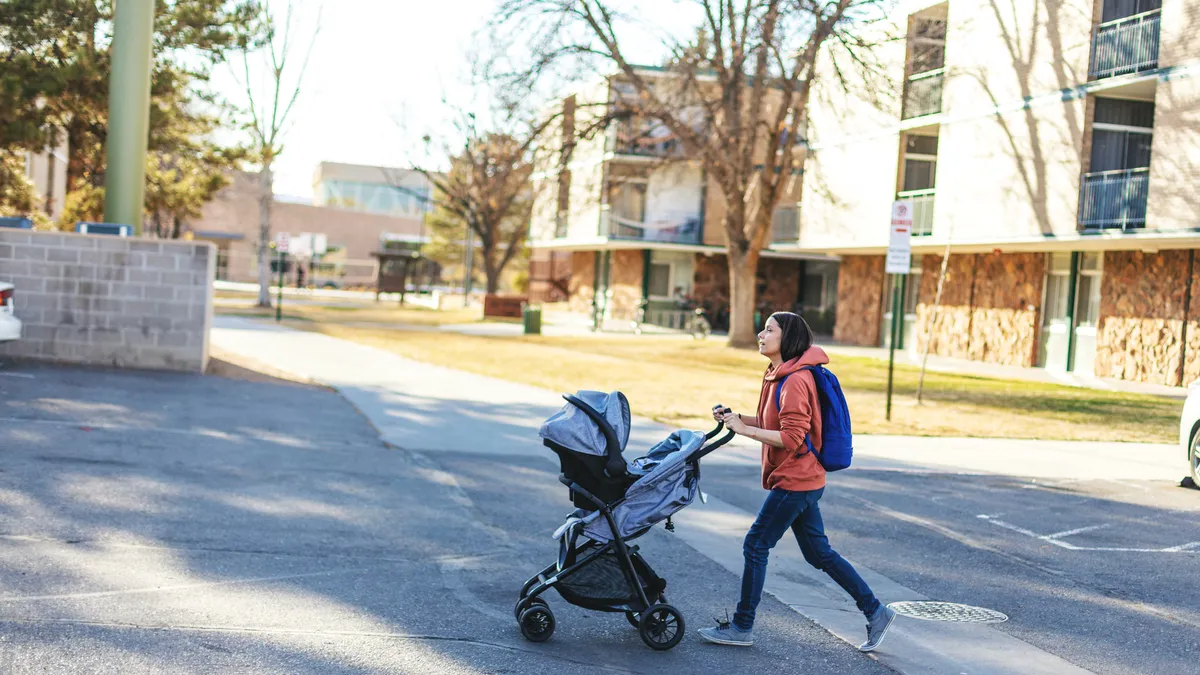Dr. Joanitt Montano is provost and chief academic officer at The College of Health Care Professions.
The COVID-19 pandemic has been devastating to the educations of millions of students at all levels.

Students from kindergarten through grade 12 fell months behind in reading, math and other subjects because virtual school at home proved to be an unsatisfactory substitute for the classroom. A recent survey found that many college students felt lost on campus because they were unprepared to do college-level work or learned less than they had before the pandemic.
Moreover, growing numbers of young adults are bypassing college.
Whether young Americans feel unprepared for college because of a subpar high school experience, or they have grown skeptical of the long-term value of a college degree, or they were lured by a strong job market, the nation’s undergraduate enrollment since the start of the pandemic has fallen by about 1 million students. And an increasing number of high school students say they’re not interested in going to a four-year institution.
Colleges and universities recognize that the pandemic has been disruptive. Their response? Many waived test score requirements for admissions because a lot of high school students weren’t able to sit for one or more rounds of the SAT or ACT.
It’s true that test-score waivers removed one obstacle that prevented too many students from attending a four-year university. But it’s also true that colleges and universities will need to do more — much more — than make this one concession to help students who came of age during the pandemic be successful in college.
Whether new college students come directly from high school or enroll after several years in the workforce, the task of ensuring learners are ready for college-level work will most likely fall on the institutions themselves.
Rather than turning away prospective students who don’t meet traditional admission standards, colleges and universities must figure out ways to address academic deficiencies without making students take longer and pay more to get their degrees. Instead of erecting barriers to college entry and success, institutions must build academic and basic needs pathways to help students stay on track, earn a degree and learn marketable skills that will translate into a career.
Flexibility — not a rigid adherence to tradition and past practice — is the key to meeting these learners where they are.
So what should colleges and universities do to support the students coming to them now? Institutions can employ this ABCs matrix:
Assess without judgment
When colleges assess the individual situation of each learner, they must do so without judging them.
College students lead complicated lives. Many students are trying to fit classes and homework around long hours at work needed to pay for school and support themselves and their families. One quarter of full-time undergraduates work 20 or more hours a week; among part-time students, nearly half also hold the equivalent of full-time jobs. Adult learners usually have spouses, children and other family responsibilities on top of their jobs. These complexities need to be factored into each educational plan.
We must remember that students are human first and have many non-negotiable responsibilities. Instead of expecting the modern learner to adjust to higher education’s traditionally rigid structure, colleges must bring education to their students wherever they are. That means classes, academic support and student services must be available on the schedules of their students, not just during normal weekday business hours.
Understanding and adjusting education does not mean lowering standards or expected outcomes for learners. It means creating a flexible but structured environment for where students are in their lives. The goal for the vast majority of college students is to achieve a fulfilling career. Without learning actual hard and soft skills, they will not realize their goal of professional success.
Build a plan with intention
Once a college evaluates a learner’s life situation, it can build an intentional, structured plan that includes a flexible schedule to accommodate a student’s needs. Each plan must include a career-focused and career-pointed academic plan that keeps a student on track to graduate on time.
But the plan can’t solely be about academic work. It also must include tools to help the student be successful outside of the classroom.
For instance, student services should support learners with daily life challenges. The career services office should help students improve their interview skills and professionalism, and it should connect them with companies that might hire them. Financial advising can help students build a household budget. Sessions on study skills and time management can be valuable to all learners, especially those returning to campus years after their last experience with formal education.
Compassionately motivate
When academics and life outside the classroom collide, it’s often school that loses out to these non-negotiable other responsibilities. Students sometimes need to be encouraged to stick with their classes and not give up on their career dreams when life gets in the way.
Admissions counselors, faculty, career services offices, and other student services offices should start to engage students before they set foot on campus. This intentional approach helps the student form connections with the institution long before the first day of classes.
When engagement is applied with compassion and understanding, it results in motivation and provides a sense of community and belonging that will help students persist in their studies.





















